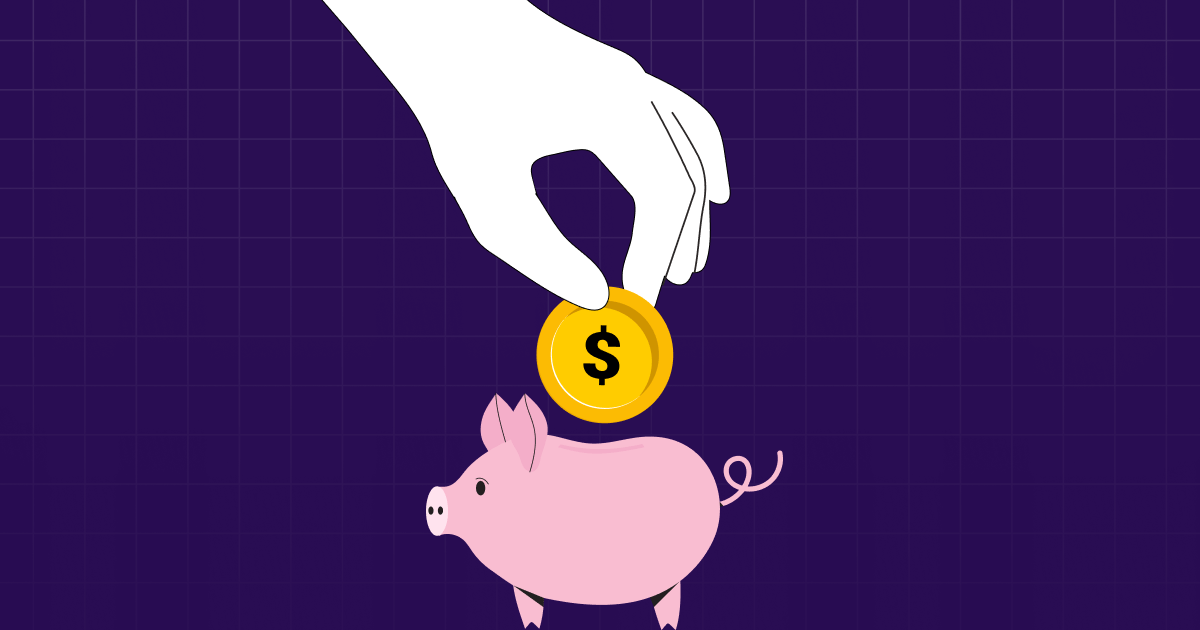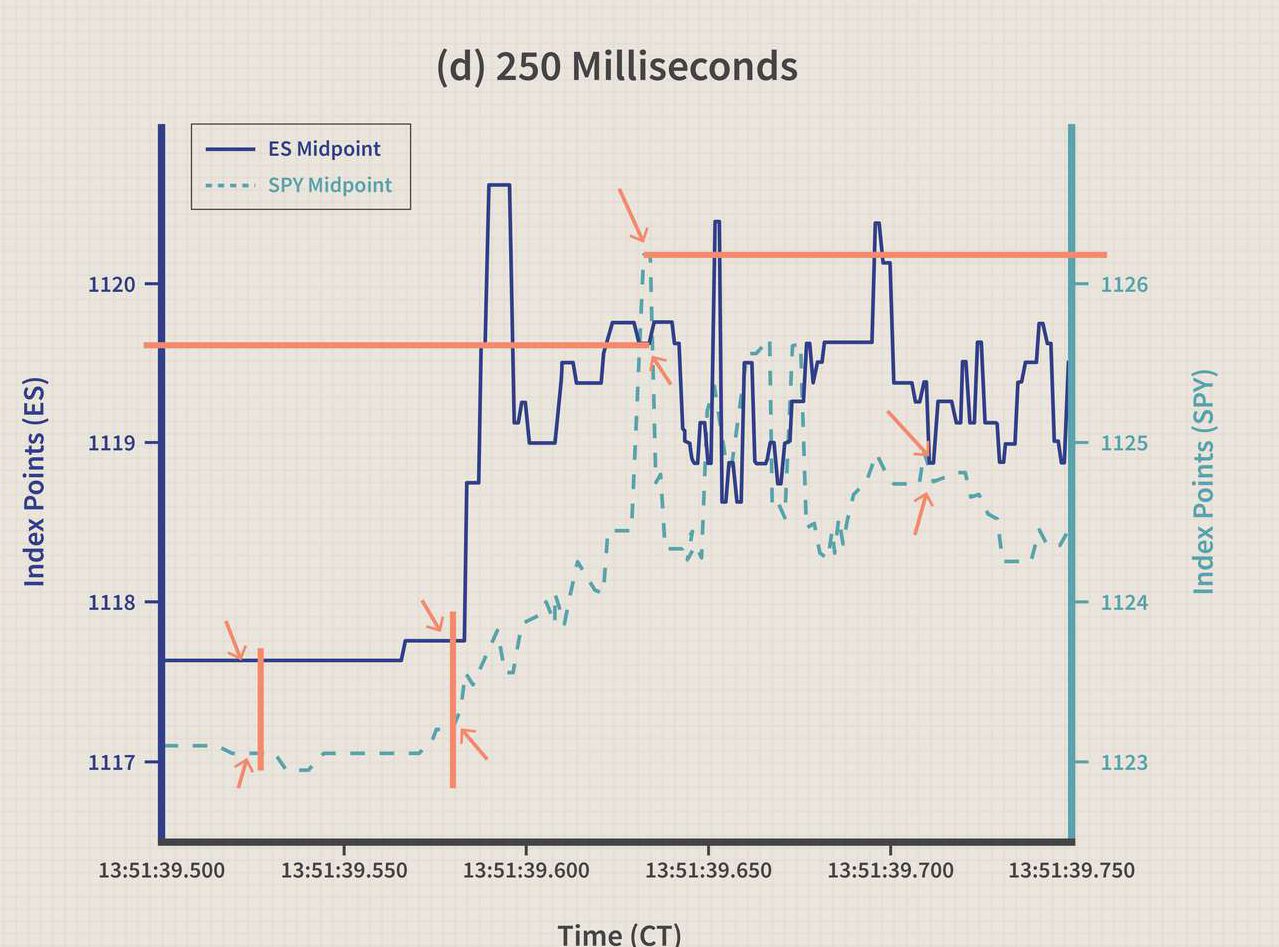
Ever since Gen Z entered the mainstream, trading has become one of the most popular gig choices to make a quick buck. This was fuelled further by the pandemic, where most of us were stuck at home, so we decided to try our hands at trading. All stock and crypto exchanges have shot up in new user acquisition and daily active users during the lockdowns. But this doesn’t necessarily mean that all of them are earning profits. So, today, I will try to answer this million-dollar question. Is crypto trading profitable?
This is the one where we understand some strategies involved in crypto trading. I will also walk you through a couple of tools for crypto trading. And finally, we’ll understand the profitability involved.
What Does Trading Mean in Crypto?
Trading in cryptocurrency is no different from trading in stock markets. It is the act of buying and selling cryptocurrency in a bid to make profits in the short-term price movement. Unlike the infamous buy-and-forget strategy, a trader aims to predict the market movement based on key indicators and patterns and eventually arrives at a buy, sell, or hold signal. This signal is accompanied by a range or a target price based on the analysis.
For example, a typical pattern and indicator analysis in crypto would give the following results: Bitcoin is currently at its support level of $19K, where a trader should start accumulating, and it is likely to go up to $19.4K which is a key resistance where the profits should be booked.
Some traders also turbocharge their trades using leverage. Leverage is multiplying your invested capital by using borrowed money from the exchange itself. Although it can multiply your profits, it needs to be used with caution as the losses can grow multifold as well.
What Are The Types of Crypto Trading?
Truth be told, this is the most interesting part. Everyone wants to know what strategies can be deployed to extract profits from the cryptoverse. Although trading is a rewarding venture, it requires a lot of practice and learning before you can make it a regular stream of income. In this section, I will talk about different types of crypto trading.
1. Day trading
As the name suggests, day trading involves buying and selling cryptocurrency within the same day. The entire aim of day trading is to book profits by longing or shorting (betting on the growth or fall) specific crypto within a day. Day traders heavily rely on technical indicators to figure out the entry and exit points of the trade.
2. Range trading
Range trading depends on finding out two key figures: support and resistance. Support is the price point with a heightened buying interest. When the price falls, it is unlikely to go below this point. If you think about it, it is a good place to take entry because the price will likely bounce from here.
On the flipside, resistance is a price point with high selling interest. When prices go up, it is likely to cross this value. What do you think is the likely action a trader should take here?
In a nutshell, range trading takes into account the support and resistance and hence aims at generating profits between these ranges.

3. Scalping
Scalping involves the fast buying and selling of crypto assets to earn quick profits. The technique involved is to use high volumes for small profit margins to maximize profits. This technique is rather risky because one trade is enough to beat all the small profits of the day. Secondly, if the margin is not managed properly, it could pile up debt pretty soon.

4. High-frequency trading (HFT)
This technique is best suited for advanced traders as it requires an understanding of mathematics and computer science. Usually, the trader writes an algorithm that involves high-speed buying and selling of crypto assets. Then it is automated using bots that look for specific opportunities to earn money. These bots can also leverage arbitrage opportunities in the market.

5. Rupee-cost averaging
Truth be told, it is hard to predict the perfect entry and exit point in the market. As a result, it is impossible to time the market with 100% precision. In such a situation, the best strategy is Rupee-Cost Averaging. RCA involves buying a fixed amount of crypto at regular intervals.
For example, if you decide to purchase Rs. 5000 worth of crypto at the beginning of each month, irrespective of the price, you are inadvertently buying the dips if the price has fallen in that period.
But then, how do you exit your RCA accumulated holdings? For that, one needs to understand the market cycles and have a fair knowledge of technical analysis.
6. Long-term portfolio
One school of thought is that we are still very early in the crypto realm. Every day new regulations are coming up. Therefore, in the long run, fundamentally strong crypto would yield gigantic returns. So, it is prudent that you also create a long-term portfolio that would take care of this opportunity. Ideally, a trader would have two separate portfolios for trading and HODLling.
Important Tools For Crypto Trading
A trader is incomplete without their armor of tools. Did you really think I would conclude with the trading techniques? Not at all. In this section, we will talk about some important tools for crypto trading.
1. Messari
Messari is one of the world’s largest data aggregators when it comes to crypto. They have tons of screeners, tools, and filters to analyze crypto in detail. Apart from that, one can view charts and indicators in one shot.
Messari uses a freemium model wherein you can use certain features for free, which is just about enough for a beginner trader. However, if you want access to in-depth research tools, you can upgrade to Messari pro. The Pro membership includes daily insights and long-form research, plus advanced screening, charting, and watchlist features. Pro also lets you download data to a spreadsheet.
2. Glassnode
Glassnode is a brilliant tool for measuring on-chain activity. It tracks Blockchain transactions and reports meaningful insights to its users. This is one big advantage of using crypto over stocks. In the crypto realm, you could efficiently track the movement of big money, a.k.a whales.
Glassnode can be used to explore market indicators, active addresses, and successful transactions for all the coins out there. Once again, good things come at a cost. Glassnode offers monthly and annual paid subscriptions, which allow users to access frequently updated information.
3. LunarCrush
During the last bull run, Elon Musk’s tweets about Dogecoin were enough to pump it to the level of $0.6. Also, when he parted ways with his promise of accepting Bitcoin as a payment for Tesla, the price of the orange coin crashed.
What I am trying to say is that social media does have a strong correlation with the price of assets. This is typically rampant in crypto because the SEC would penalize anyone who tries to do it with stocks.
As a result, tools like LunarCrush can be really handy. Not only do they gauge the price movement, but they also analyze the investment sentiment. LunarCrush provides you with real-time insights into key influencers that support a particular token and lets you track their tweets around it.
4. Coin Metrics
Coin Metrics helps you track different parameters related to a token. The best part is that it also tracks certain indices. These indices are a representation of a bunch of coins. Something like Sensex or NSE. This helps investors gauge the general market direction in a single go.
If you are a builder in the web3 space, Coin Metrics also provides you with live APIs to fetch data onto your platform. Of course, this is paid.
5. Santiment
Santiment is yet another tool that helps you analyze fundamentals and social interactions around 2000+ cryptos. The best part here is that you can set alerts around your favorite tokens, and Santiment will notify you in case of a sudden volume surge.
6. CoinGecko
CoinGecko is one of the largest data aggregators in the cryptoverse. With a database including over 12,000 cryptocurrencies, it is a one-stop shop to pick the right token starting from the highest market cap. The data is organized in the form of tokens, exchanges, decentralized exchanges, NFT tokens, Metaverse, etc., so that you don’t have to dissect it sector-wise.
Apart from tracking and measuring coins, it also provides insight into the Facebook, Twitter, and Reddit conversations around a token. One of its core competitors, CoinMarketCap, is also equally good for beginners.
7. CoinMarketCal
Although it sounds similar to some of the market players, its core proposition is completely different. One of the best strategies deployed by the new entrants in the cryptoverse is to airdrop their tokens in lieu of some tasks like promotion, retweets, following them, etc.
CoinMarketCal offers you a calendar of such events. It tells you what stage a typical project is at. It could be a private sale, public sale, ICO, IEO, IDO, or Airdrops. If you are someone who is looking to enter early into a project that you believe in, this is the perfect platform to track that.
How Profitable is Crypto Trading?
Just like trading any other commodity or stock, crypto has its own share of ups and downs. It can be very rewarding if done right. However, if we were to compare apples to apples, trading crypto is way more profitable than its counterparts. Here is the rationale behind this statement:
1. Free market
An unregulated market has its own positives. Hear me out. If you look closely, the price of crypto is purely dependent on the buyer and the seller.
Compare that to the stock markets where you have to bear with the regulations like circuits (stopping trading when the price rises or falls below a particular level), whale movement (you have to declare the trades to the regulatory body in case of stocks) and market hours (typically, stock markets operate for about 6 hours each day for 75% of the year)
Of course, there are some downsides to it which include market manipulation, lack of accountability, and wash trading (buying and selling between your multiple accounts to represent an increased trading volume), but a smart trader should be able to catch that.
2. Automated trading
While algorithms and bots do contribute to a significant volume in cryptocurrencies, it is not as rampant as the stock markets. Some big hedge funds have deployed capital to develop supercomputers that execute trades in microseconds to earn profits off unwitting retail investors. It is impossible for retail investors to compete with these algorithms.
Well, even if you argue that a similar thing can happen in the crypto markets as well, at least each retail investor has an equal shot at it. You need not deploy big money to build these algorithms. All you need is a deep understanding of the market and coding skills.
3. Entry barriers
Entry barriers to buying crypto are far less than stock markets. Currently, hedge funds can use their influence and money to hire smart traders who can generate profits regularly. In a zero-sum game, this is often coming at the cost of a retail investor.
Whereas the barrier to entering the crypto market with minimum capital is really low for a retail investor. On top of it, institutional money is still driving less of the markets as compared to other asset classes.
Conclusion
I think cryptocurrencies are a generational opportunity for retail folks to make it big. With little to no barriers to entry and a high potential upside, this is definitely a space to watch out for.
And if you are afraid that you aren’t prepared enough, there are ways out too! To help you get exposure to cryptocurrency, there are platforms that allow you to invest in theme-based baskets. For example, if you are just starting out, you could pick a basket with all blue chip cryptocurrencies. One such platform is Coin Sets by Mudrex. These baskets are created and managed by experts so that you don’t have to.
FAQs
1. Is crypto trading or investing the best option?
It completely depends on your risk appetite, capital, and time on hand. If you can spare significant time during the day, trading can be much more profitable. However, if you wish to buy and watch your wealth grow, investing could be the way forward. Ideally, you should have two different portfolios for investing and trading.
2. What are the average fees for crypto trading?
Crypto trading fees vary from 0.04% to 0.4% maker fee and 0.1% to 0.4% taker fee. However, there are platforms like Binance out there that provide zero trading fees on some of the crypto pairs, like BTC/BUSD.
3. How to open a crypto trading account?
Opening a crypto trading account is very similar to opening an account with a stockbroker. You simply create an account by signing up for the platform, complete your KYC, and get started.




